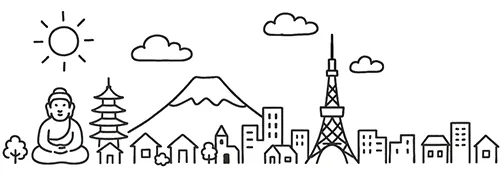If you’re living in Japan, one of the most important things to understand is how emergency services work—especially ambulances. The system is extremely reliable and fast, but it also works differently from many Western countries.
Many newcomers feel unsure about when it’s okay to call, how much it costs, or what the process looks like. So here’s a simple, friendly guide that explains everything clearly. Save this article or bookmark it—you’ll be glad you did.
1. What Number Do You Call in Japan?
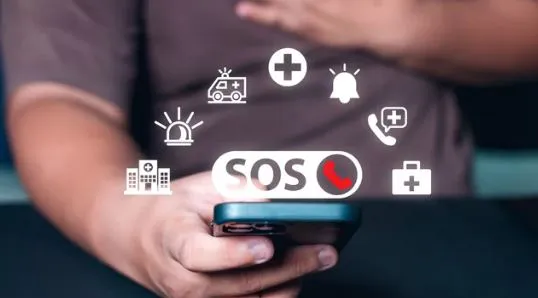
Japan uses a simple, easy-to-remember emergency number:
Dial 119 for an ambulance
(119 is for both fire and medical emergencies.)
There is no separate number for police or medical; instead:
- 110 → Police
- 119 → Ambulance / Fire
When you call 119, a trained operator will answer and ask whether you need “ambulance” or “fire.” Just say:
- “Kyūkyūsha onegaishimasu” (I need an ambulance.)
or simply - “Ambulance, please.”
English-language operators are often available, but not guaranteed. If English is unavailable, the operator may use a translator service.
2. Is an Ambulance in Japan Free?
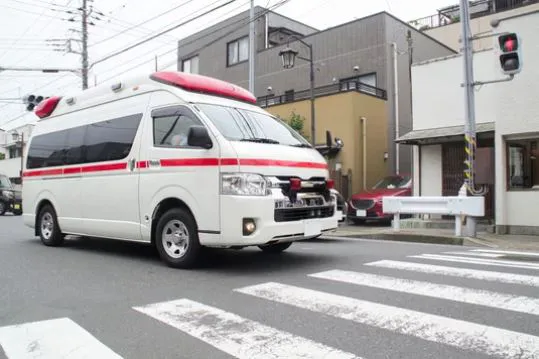
This surprises many foreigners:
✔ Ambulance rides in Japan cost ¥0
The transportation itself is free. Completely free.
However:
- The hospital treatment is NOT free, even for residents.
- National health insurance reduces the cost, but you still pay your usual 30% share.
- If you go to a private hospital or choose special procedures, additional fees may apply.
This is one reason Japan asks people to use ambulances only for real emergencies.
3. When SHOULD You Call an Ambulance?
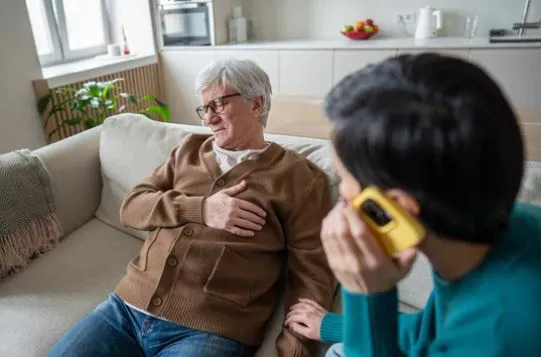
In Japan, an ambulance is for situations where someone’s life may be in danger or urgent care is needed. Below is a general guide, but follow your instinct—if you think it might be serious, call.
Call an ambulance if the person:
- Is unconscious or difficult to wake up
- Has trouble breathing
- Has severe chest pain
- Has heavy bleeding that won’t stop
- Suddenly cannot move part of their body
- Has a seizure
- Suffers a serious injury (car accident, fall, head trauma)
- Has a very high fever and cannot respond normally
- Shows signs of stroke or heart attack
- Is a child with severe symptoms (Japan is strict about pediatric emergencies)
If in doubt, Japan prefers you to call.
It’s better to be safe, and paramedics won’t scold you.
4. When You SHOULD NOT Call an Ambulance

Japan’s ambulance system is very busy. Surprisingly, many calls each year are for non-emergencies like colds, minor pain, or simple transportation needs. This causes delays for people who truly need help.
You should NOT call an ambulance for:
- A mild fever
- Minor scratches or cuts
- A sprained ankle that you can walk on
- A cold, flu, or stomach virus without severe symptoms
- Needing a ride to the hospital because clinics are closed
- Chronic conditions unless they suddenly worsen seriously
If it’s not life-threatening, you can use alternatives:
◼ #7119 – Emergency Advice Hotline (Area-dependent)
Some prefectures (Tokyo, Osaka, Kyoto, etc.) offer a nurse/doctor hotline to check if you should call an ambulance.
Not available nationwide, but common in major cities.
◼ Visit a clinic or urgent-care hospital
Most hospitals have walk-in hours. Nighttime emergency clinics also exist.
◼ Take a taxi
In Japan, many people take taxis for non-emergency hospital visits.
This is normal and socially acceptable.
5. What Happens When You Call 119?
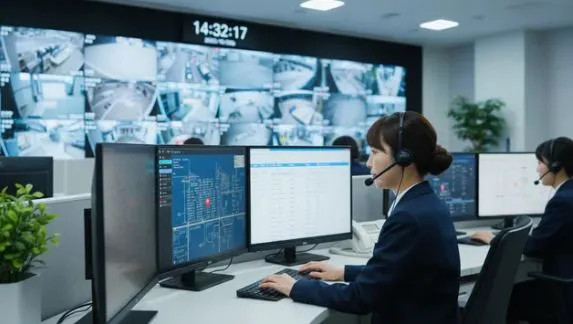
The process is straightforward:
Step 1: The operator answers
They may ask:
- Your location
- The patient’s condition
- Your phone number
If you don’t speak Japanese well, say:
- “Eigo onegaishimasu.” (English please.)
- Or simply: “English.”
Step 2: An ambulance is dispatched
Japanese ambulances are very fast, usually arriving within 5–10 minutes in cities.
Step 3: Paramedics assess the patient
Here’s something unique to Japan:
Paramedics cannot provide advanced medical treatment (like IV medications) without doctor approval.
They can stabilize the patient, provide oxygen, and coordinate with hospitals.
Step 4: They call hospitals to find one that accepts you
This can take time—sometimes 10 minutes, sometimes longer—depending on hospital availability.
Step 5: Transportation to the assigned hospital
Japan’s system ensures the patient goes to the best available facility.
6. What Information Should You Tell the Operator?
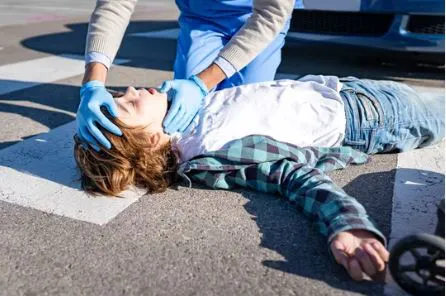
Here is a simple phrase list you can use:
Basic information:
- Location:
“〇〇 city, 〇〇 street, near 〇〇.” - Emergency type:
“My friend collapsed.”
“He is not breathing.”
“She is bleeding.” - Consciousness:
“He is conscious / unconscious.” - Age and sex:
“Male, about 40 years old.”
Helpful Japanese words:
- Iki ga dekinai = can’t breathe
- Kega = injury
- Itami = pain
- Chisshin = unconscious
- Ketsu ga tomaranai = bleeding won’t stop
7. Cultural Differences You Should Know
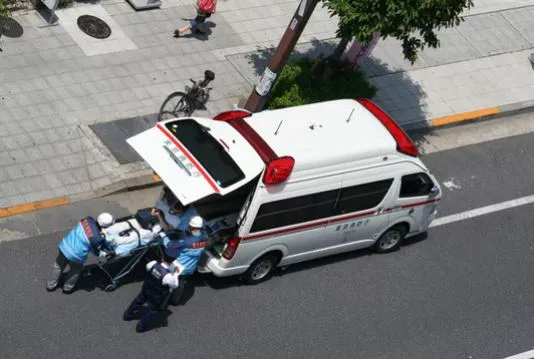
1. People rarely call an ambulance unless it’s serious
Japan is conservative with ambulance use. Even taxis are often used for urgent-but-not-serious situations.
2. You do not tip paramedics
Japan has no tipping culture.
3. Bystanders may not help as actively
People worry about giving incorrect assistance. But they will call 119.
4. Paramedics cannot choose the hospital you want
They must transport you to an available and appropriate facility.
5. Silence is normal
Operators may remain silent while dispatching. Don’t hang up.
8. What If You Don’t Know Your Address?
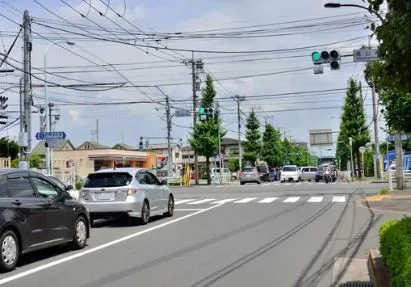
This is very common for newcomers.
Tell the operator:
- Landmarks
- Nearby store names
- Train station names
- Your building name
- “I will wait outside with my phone light on.”
Japan’s streets often lack clear numbering, so landmarks are accepted.
9. How to Prepare as a Foreigner in Japan
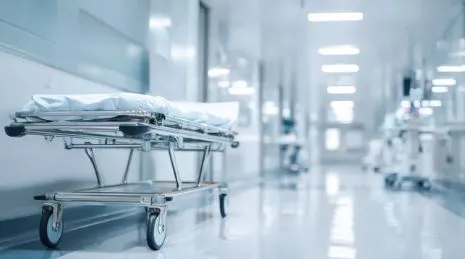
Here’s what you should do before you ever need an ambulance:
✔ Save “119” and your address in your phone
✔ Learn key medical vocabulary
✔ Keep your health insurance card ready
✔ Keep a note of medications or allergies
✔ Know the nearest hospital that accepts emergencies
Preparation helps reduce panic.
10. Quick Reference Table (Emergency vs. Non-Emergency)
| Call an Ambulance (119) | Do NOT Call an Ambulance |
|---|---|
| Unconscious or difficult to wake up | Mild fever or cold |
| Severe chest pain | Minor cuts or scratches |
| Heavy bleeding | Sprained ankle (can walk) |
| Difficulty breathing | Chronic pain with no sudden change |
| Stroke symptoms | Need a ride to the hospital |
| Serious injury or accident | Non-urgent medical questions |
11. Final Thoughts
Japan’s ambulance system is incredibly well-organized, but it’s built on the idea that people call only in true emergencies.
If you’re in doubt, ask for advice (#7119 when available) or go directly to a hospital.
And if you ever face a real emergency, don’t hesitate.
Just dial 119, speak slowly, and help will arrive quickly.
Stay safe, and share this guide with other foreigners living in Japan—it might save a life one day.
Thanks for reading.
